Whether you are new to WordPress or have been using it from the beginning, you know how important it is to the web 2.0 and the new ones to come. So that’s why we wanted to take you down the memory lane on the history of the WordPress.
WordPress history, WordPress is the new era of mania and WordPress history and the continuity of it
Is it the new era of mania, isn’t it?
WordPress, the new era mania is powering over 90% of all websites though it is open source and free of cost. Therefore will create a lot of questions in your mind alike-
- Who owns WordPress?
- When did WordPress start?
- Who created WordPress?
Along with these questions, you will get the answers and will rush to install WordPress and work on it. But at first we have to know WordPress history.
WordPress Beginning History
WordPress is software aimed at ease of use, emphasizing accessibility, security, performance. Anyone can able to blog and build their own sites so valuable for earning as well as social works.
Thus WordPress makes your site inclusive through WordPress powerful features.
Now the analyzing of WordPress history will reply your questions. Who have created WordPress answers for the legends Mike Little and Matt Mullenweg from 2003? With all efforts, this WordPress now has been licensed under the GPLv2 and made on PHP and MySQL and turned this software to number one Content Management System (CMS). It also makes available four core freedoms and they are:
- 1st Core Freedom: To carry on the program for any resolution.
- 2nd Core Freedom: To change the program as your demand and the study that the program how acts.
- 3rd Core Freedom: To restructure.
- 4th Core Freedom: Reformed versions copies are to distribute to others.
These four core freedoms are pondered as WordPress Bill of Rights.
With all exclusive features, it lets web developers and bloggers explore and be skilled in web developing the world.
The Continuity of WordPress
Mike Little and Matt Mullenweg, two users of b2/cafelog decided to build a new platform based on b2/cafelog and named it WordPress.
WordPress 1.1
On May 27, 2003, Matt publicized the availability of WordPress 1.1. Features of this version-
- Produced XHTML 1.1 yielding templates
- New templates
- Paperwork interface
WordPress 1.2
In May 2004, WordPress 1.2 had been published with extra functions and better than before. The new features of this version are-
- Writing and sharing with all community through WordPress plugins
- New license term added up
WordPress 1.5
By the passage of time, WordPress had been moved forward with updating version WordPress 1.5. The numeric features of this version-
- New theme system
- Pages publishing and comments control tools
- A weblog can run through the single folder
WordPress 2.0
WordPress 2.0 was running better and getting improved feedbacks from the web developers, bloggers. It had another new feature like-
- New admin dashboard
- For avoiding loading pages of users, it let JavaScript and DHTML for user edge
- Tags posts and add categories
- Database backup plugin Akismet installed and Function.PHP file in 2007
- Automattic the filed trademark logo for WordPress registration had been included
- One click updates, built-in installation, and shortcodes had been invented in 2008 by the conjoined of Happy Cog
WordPress 3.5
On June 17, 2010, WordPress stepped forward to CMS. With a view to making it more flexible and easier for everyone, it had comprised some other structures as well as-
- Custom taxonomies
- Custom post types
- Header, footer and menus functions
- Post formats and admin bars had been created in 2011
- In 2012, theme previews, theme customizer, and new media manager were introduced
WordPress 3.7
WordPress 3.7 published in 2013 with some of the automatic systems corresponding to-
- Minor releases for software and
- automatic updates of software
WordPress 3.8
Again in 2013, WordPress 3.8 had been issued. The new features of this version were-
- MP6: It is a new organization interface for WordPress 3.8. It is responsive for users and on screen size or any device. Anyone could have host-controlled their own sites and also can order the system for any kind of uses.
WordPress 3.9
In 2014, WordPress 3.9 was released. This issue focused on-
- Live widget previews
- Visual post editor
- Drag and drop function
- Image add and editing
WordPress 4.9.5
WordPress 4.9.5 is available and currently using over the world by bloggers and web developers. It has some strong and easy features which make users fun while using it. The toolkits of this version are-
- Let use a domain name and users can create it by themselves
- Colorful maps, graphs, pies are available for design your own page
- Responsive themes and control by mobile at anywhere
- Forums to questions and answers, live chats for pages and relaxed admin control
WordPress 5.0: The latest edition
The latest edition of WordPress 5.0, the most unique version of WordPress than ever before.
The latest versions’ latest features are-
- Distinctive content identifier: it can easily compare the unique contents and duplicate contents.
- Push notification as a built-in characteristic
- Dotnet one core support: Developers can subsidize plugins for WordPress.
- App broadcast: open source app client can contribute to WordPress websites, android tab app, and iPad app.
Every plugin are upgraded with compatible with WordPress 5.0
WordPress is the software which has improved the lifestyle of bloggers and web developers and has become responsive to decreasing unemployment rate. Thus recently all operators are getting benefits and hence for the available and harmonious sorts, it has identified the number 1 CMS worldwide indeed.


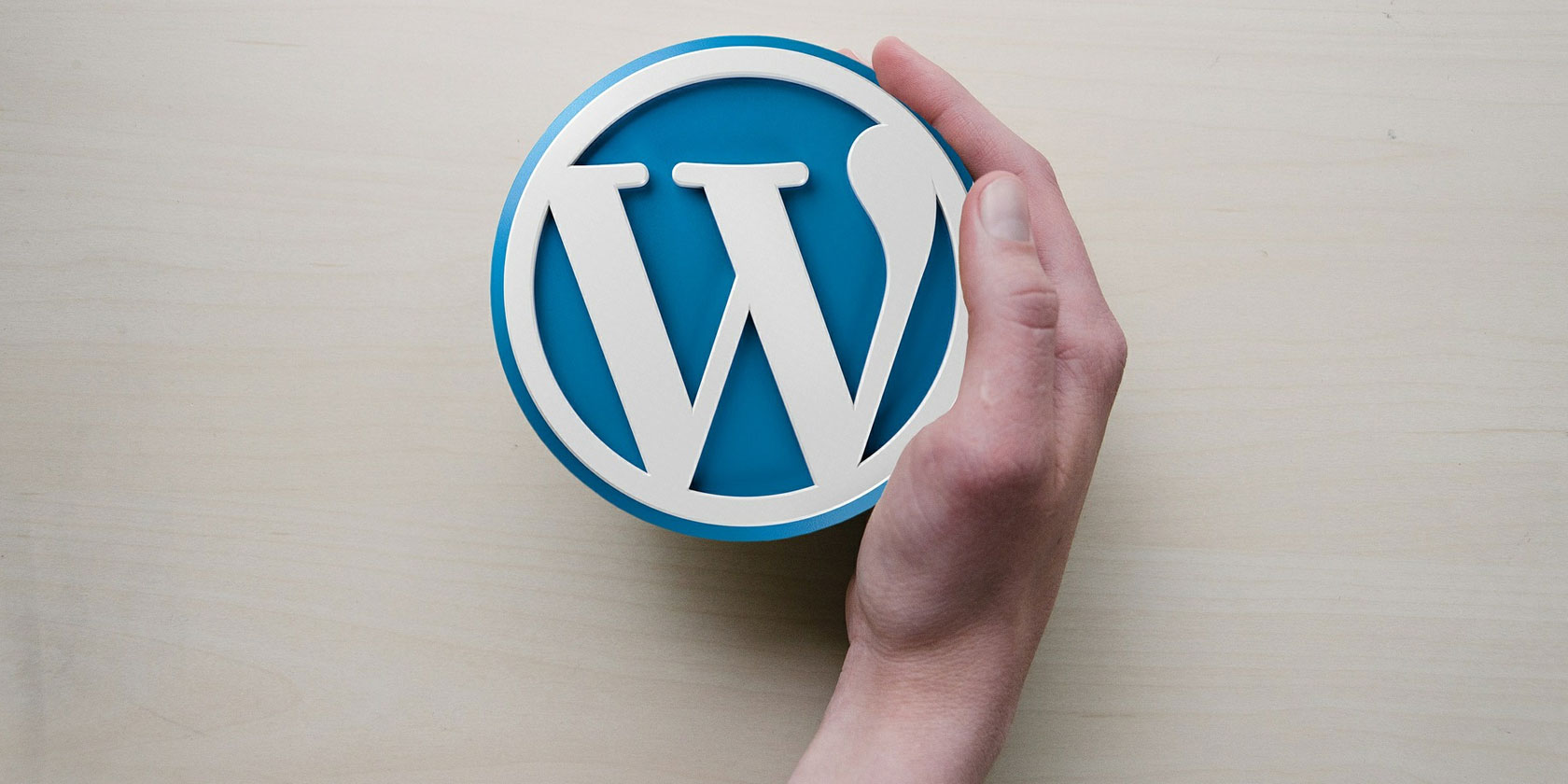

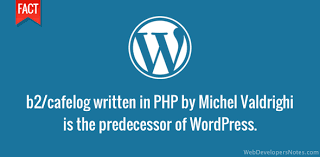
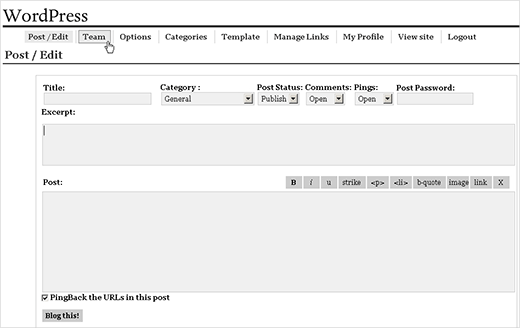
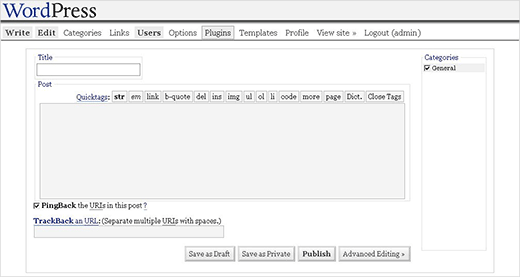

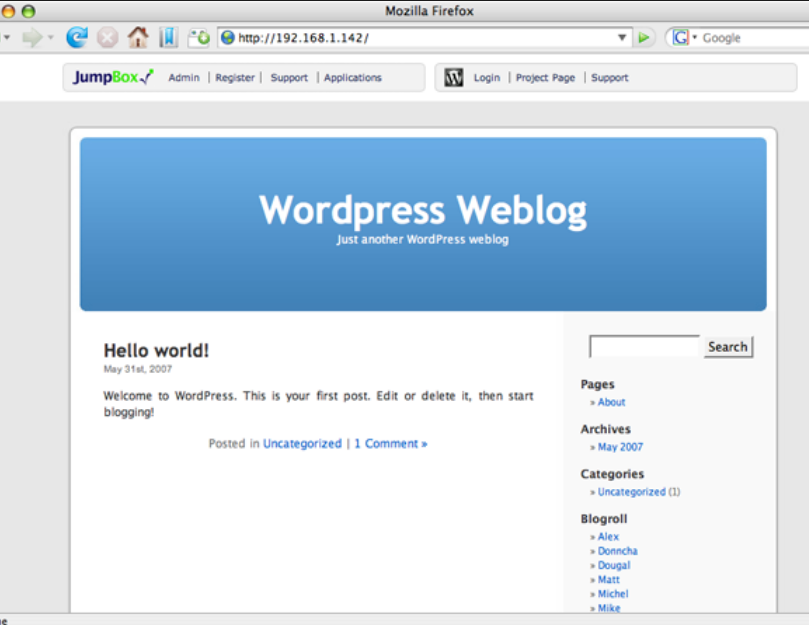

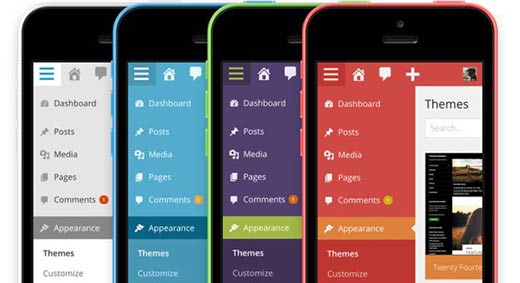
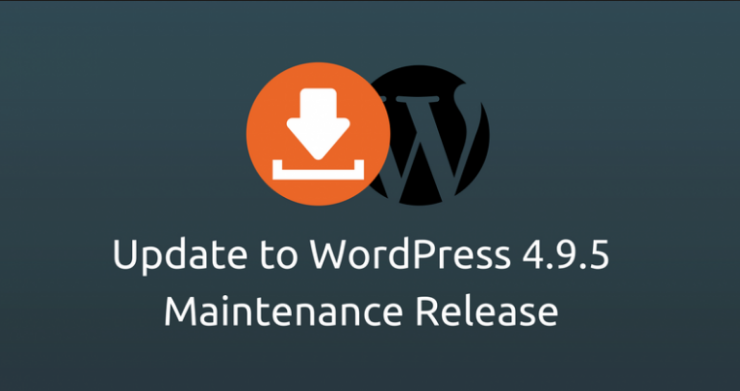
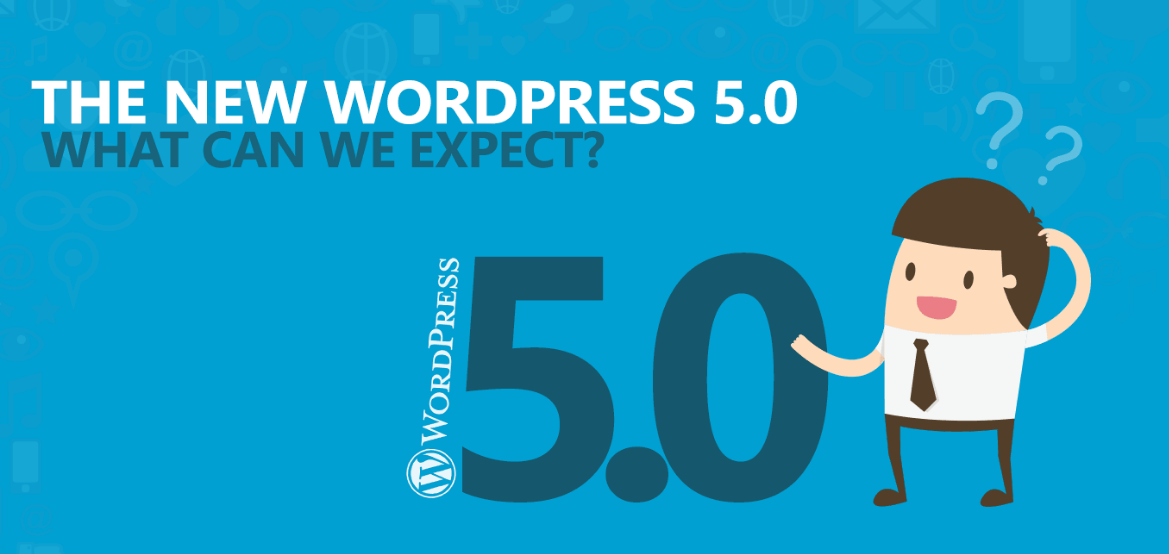




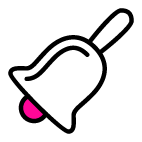
2 comments